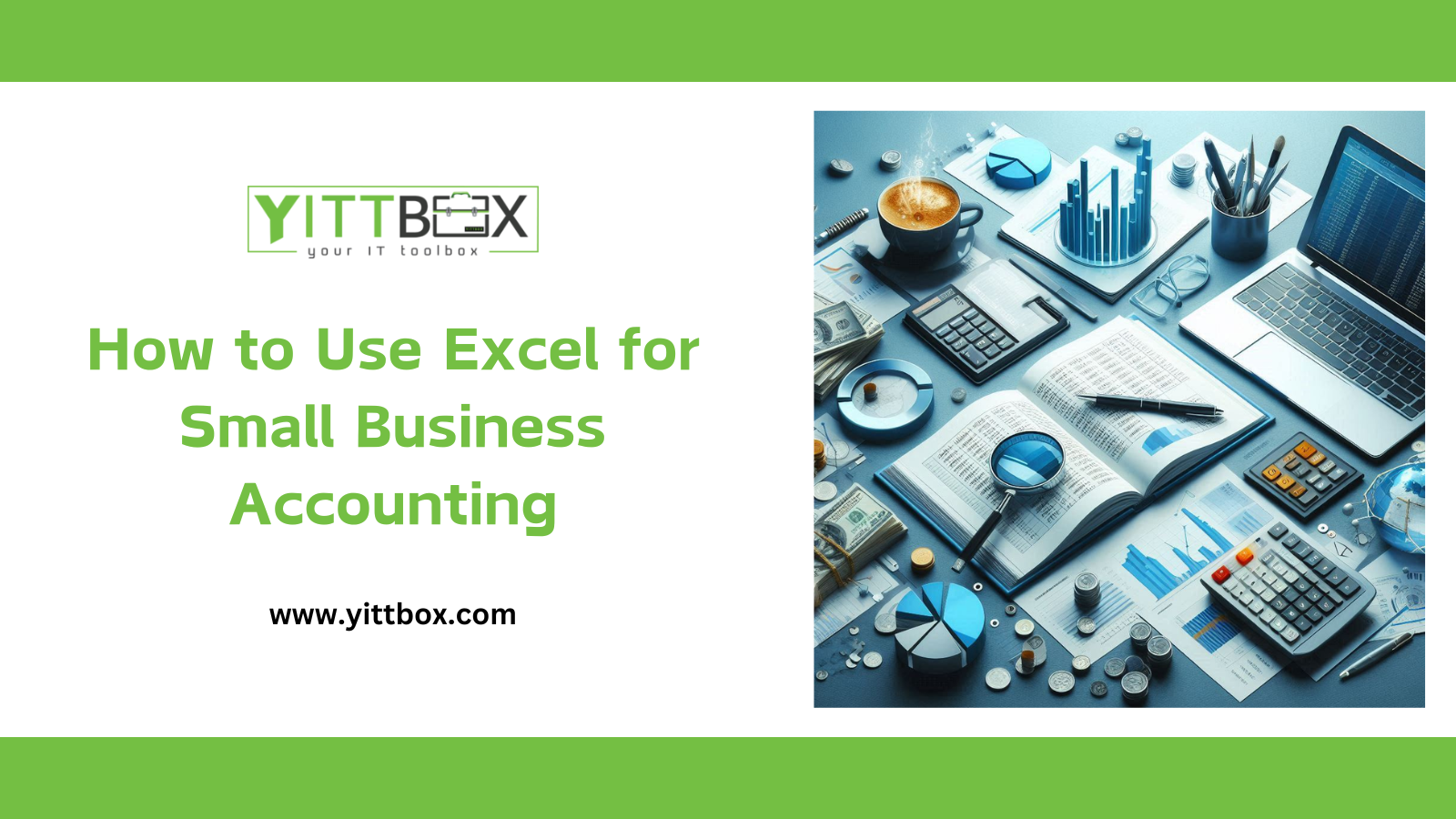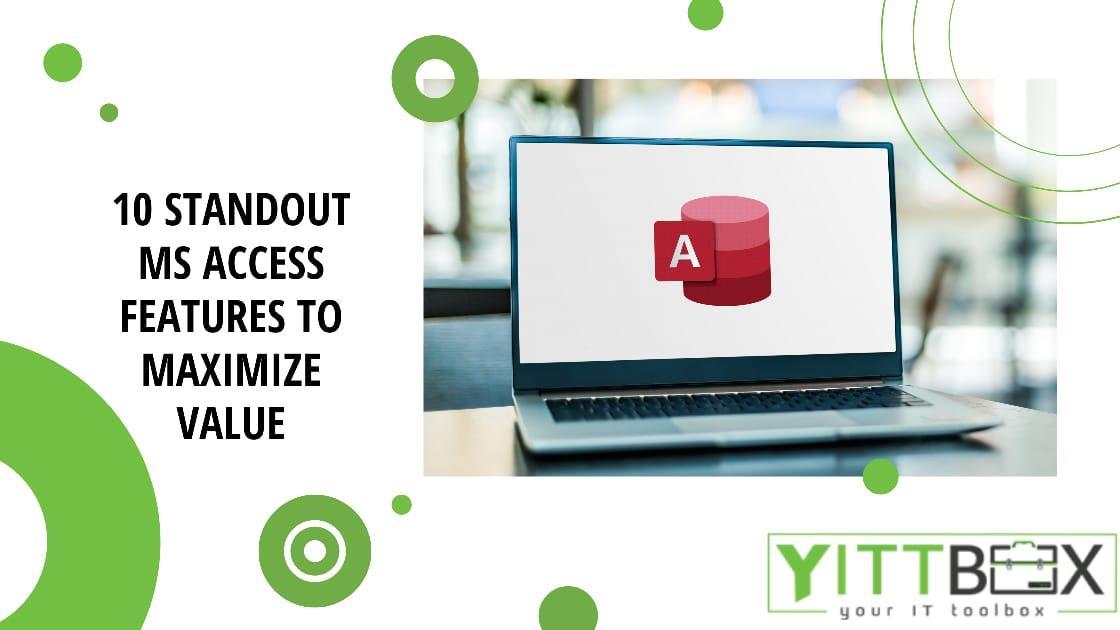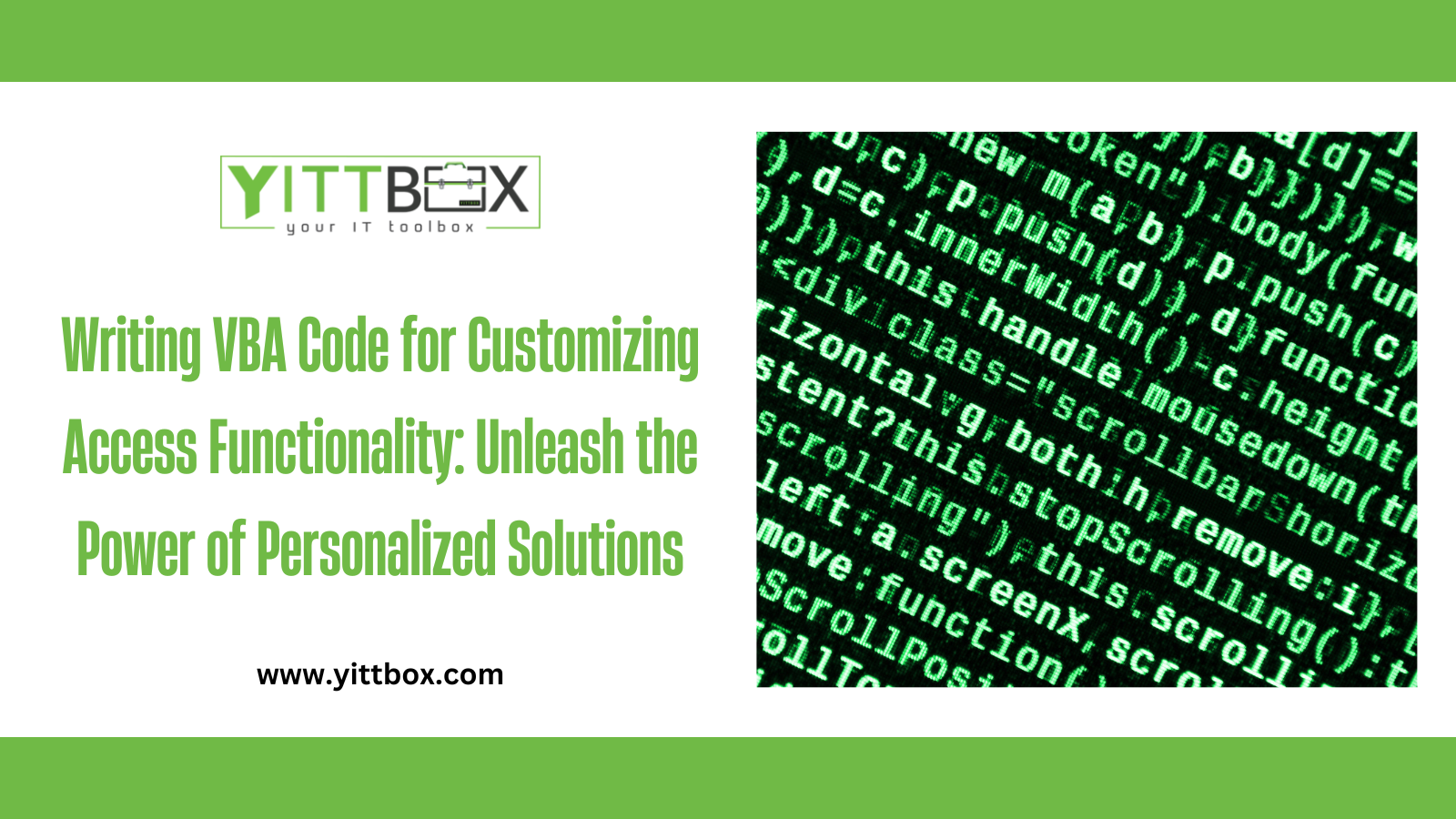Introduction
Managing finances effectively is crucial for the success of any small business. While there are many accounting software options available, Microsoft Excel remains a powerful and cost-effective tool for small business accounting. In this blog, we will guide you through how to use Excel to organize your finances, streamline processes, and make data-driven decisions for your business. Whether you're just starting out or looking to optimize your financial tracking, Excel offers robust features that can meet your needs.
Why Use Excel for Small Business Accounting?
Excel is a versatile and user-friendly tool that provides numerous advantages for small business owners:
-
Cost-Effective: No need to invest in expensive accounting software.
-
Customizable: Design templates that suit your business requirements.
-
Data Analysis: Utilize built-in formulas and functions for detailed financial insights.
-
Integration: Export and import data seamlessly to and from other software.
-
Scalability: Adaptable for growing businesses.
Setting Up Your Excel Accounting System
1. Start with a Clean Workbook
Open a new Excel workbook and create multiple sheets for different accounting needs, such as:
2. Create an Income Tracker
Track all revenue streams in one place:
3. Design an Expense Tracker
Record all business expenses to manage cash flow efficiently:
4. Automate Calculations with Formulas
Leverage Excel formulas to save time and reduce errors:
-
Profit Calculation:
Formula: =SUM(Total Income - Total Expenses)
-
Expense Category Totals:
Formula: =SUMIF(Category Range, "Category Name", Amount Range)
-
Monthly Totals:
Formula: =SUMIFS(Amount Range, Date Range, ">=Start Date", Date Range, "<=End Date")
5. Build a Cash Flow Statement
Ensure you know how money flows in and out of your business:
-
Track inflows (sales, investments) and outflows (expenses, loan repayments).
-
Add a "Net Cash Flow" column to see whether your business is operating in surplus or deficit.
Advanced Excel Features for Accounting
1. Use Pivot Tables for Reporting
Pivot Tables make it easy to summarize and analyze data:
2. Leverage Excel Templates
Use pre-built templates to save time:
-
Microsoft offers free templates for budgeting, invoicing, and financial statements.
-
Customize templates to align with your business requirements.
3. Visualize Data with Charts
Create charts to make financial trends easier to understand:
-
Use bar graphs for revenue vs. expenses.
-
Line charts for cash flow trends over time.
-
Pie charts for expense breakdowns by category.
4. Data Validation
Ensure accurate data entry by using Data Validation:
-
Restrict certain cells to only accept specific data types (e.g., dates or numbers).
-
Add drop-down lists for selecting expense categories.
Benefits of Using Excel for Small Business Accounting
-
Improved Financial Organization: Centralize all your financial data.
-
Better Decision-Making: Access real-time insights into your business performance.
-
Enhanced Productivity: Automate repetitive tasks with formulas and macros.
-
Customization: Tailor your financial tracking to match your business model.
-
Data Backup: Save Excel files on cloud platforms like OneDrive for easy access and recovery.
Pro Tips for Optimizing Excel for Accounting
-
Backup Regularly: Use cloud storage to avoid data loss.
-
Secure Your Workbook: Protect sensitive data by setting passwords for your files.
-
Learn Keyboard Shortcuts: Save time by mastering Excel shortcuts, such as Ctrl + Shift + L to toggle filters.
-
Regular Updates: Update your financial data weekly to stay on top of your finances.
-
Consider Adding Power Query: For advanced data cleaning and automation.







